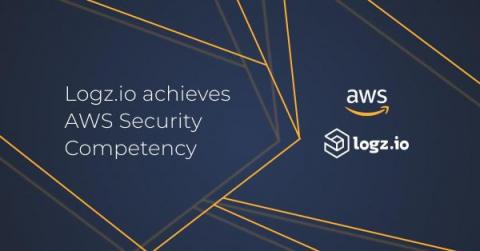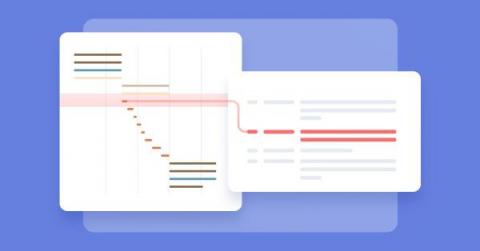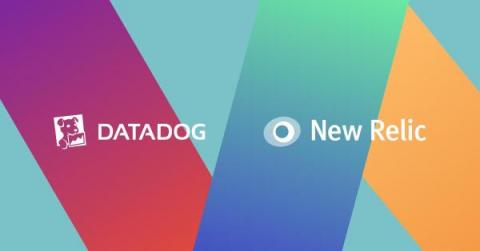Grok Pattern Examples for Log Parsing
Searching and visualizing logs is next to impossible without log parsing, an underappreciated skill loggers need to read their data. Parsing structures your incoming (unstructured) logs so that there are clear fields and values that the user can search against during investigations, or when setting up dashboards. The most popular log parsing language is Grok. You can use Grok plugins to parse log data in all kinds of log management and analysis tools, including the ELK Stack and Logz.io.










